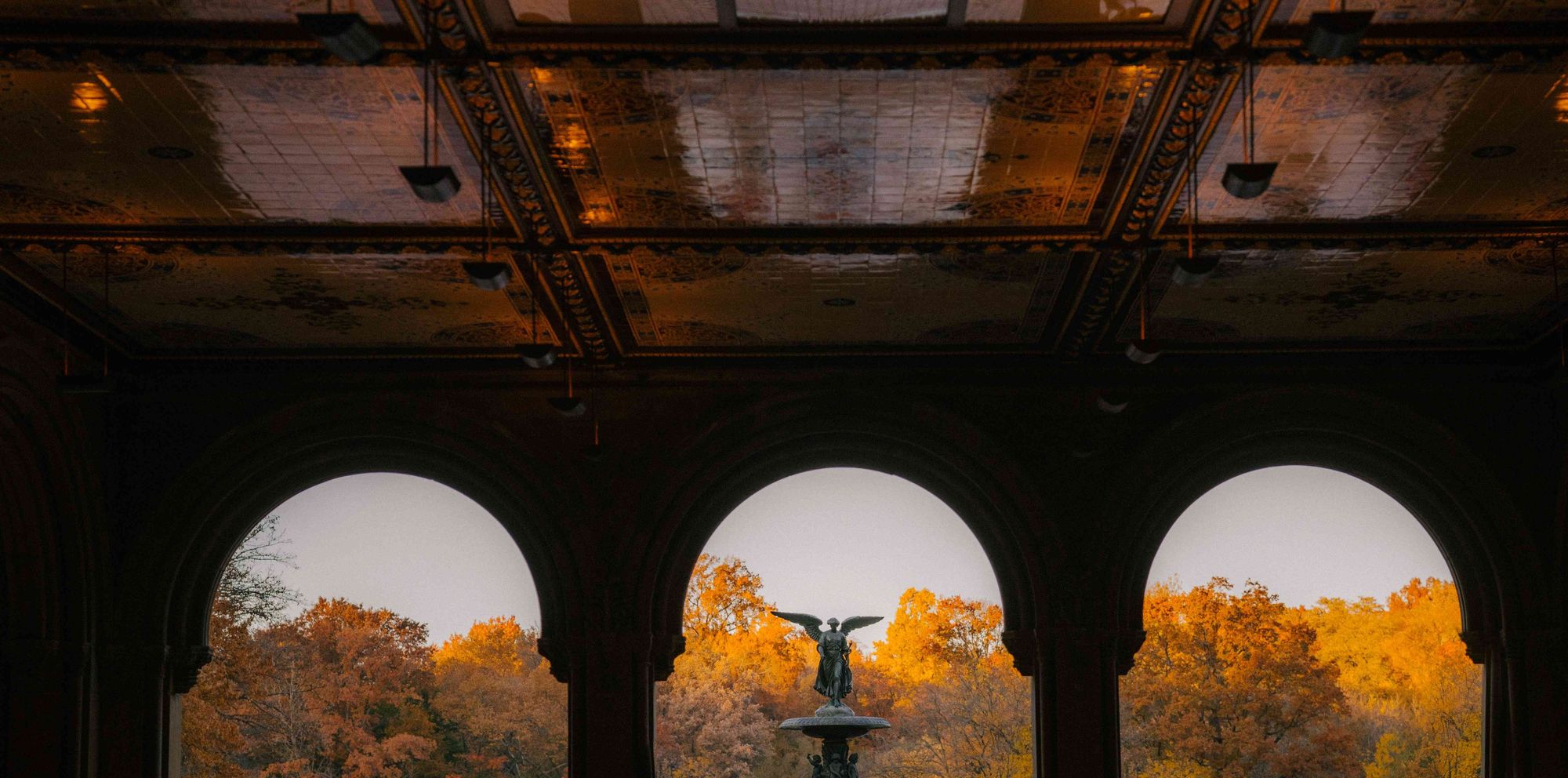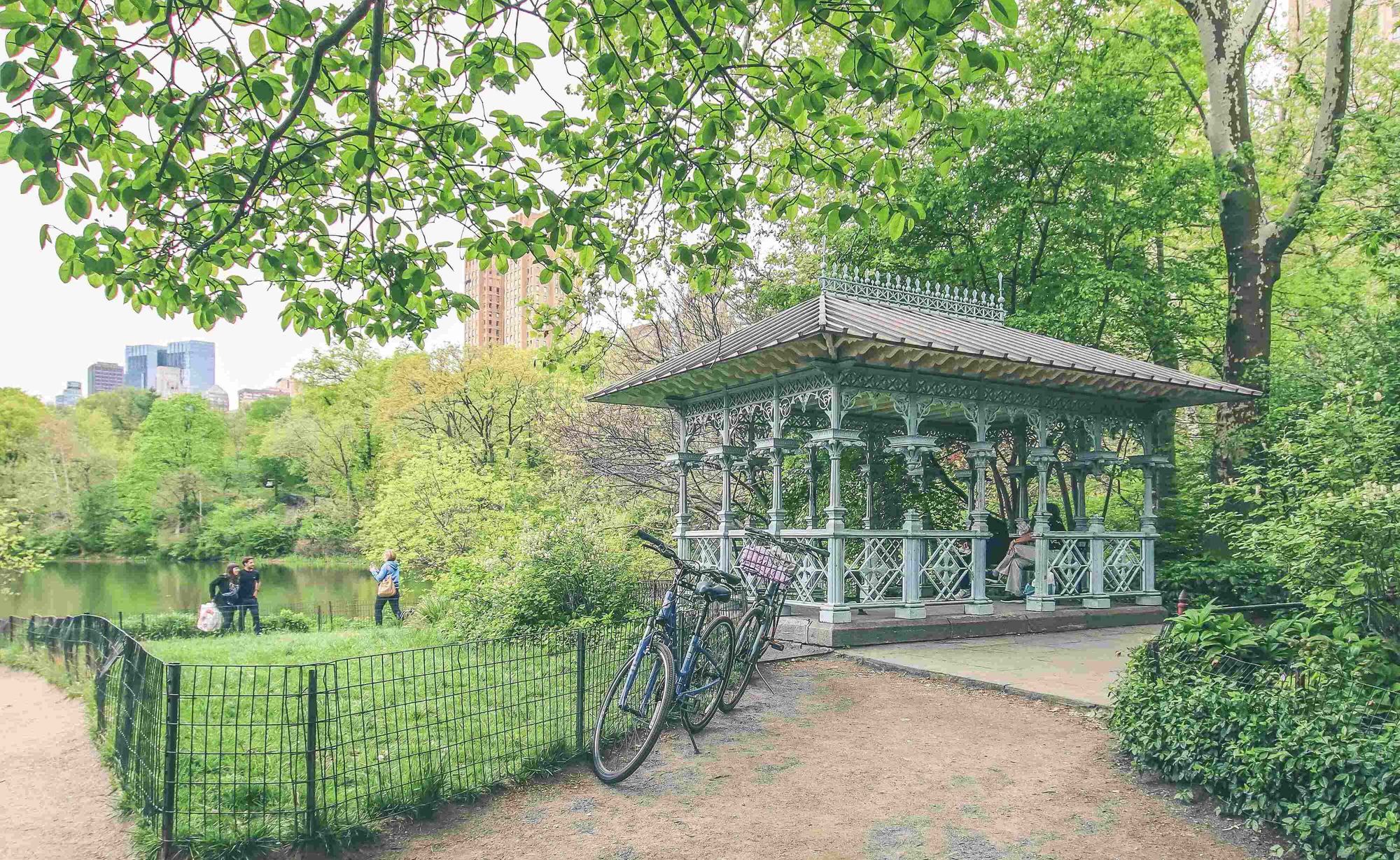The Literary Legacy: Central Park's Connection to Famous Authors and Their Works
Central Park's Literary Tapestry
Central Park, the verdant oasis nestled amidst the bustling metropolis of New York City, has not only captured the hearts of nature enthusiasts but has also served as a muse for countless literary minds.

Its idyllic landscapes and enchanting ambiance have inspired renowned authors, weaving the park into the fabric of their works. Join us as we embark on a literary journey through Central Park's storied connection to famous authors and their timeless masterpieces.
The Green World of "The Catcher in the Rye"
Holden Caulfield, the iconic protagonist of J.D. Salinger's classic novel "The Catcher in the Rye," finds solace and introspection within the embrace of Central Park. The park serves as a refuge for Holden, offering a respite from the phoniness and superficiality he perceives in the world around him.
One of the notable scenes in the novel unfolds in Central Park, where Holden visits the duck pond, observing the resilience of the ducks in the frozen water. This poignant moment symbolizes Holden's yearning for connection and his desire to protect innocence in a world he perceives as corrupt and harsh.
Central Park's lush greenery and tranquil ponds come alive through Salinger's evocative descriptions, showcasing the park as a sanctuary for contemplation and self-discovery. The enduring appeal of "The Catcher in the Rye" continues to draw readers to Central Park, allowing them to immerse themselves in the footsteps of Holden Caulfield and experience the park's timeless allure.

Stay tuned for the next part, where we will delve into another literary masterpiece that finds its inspiration within Central Park's embrace.
Shakespearean Romance in "Romeo and Juliet"
Central Park, with its picturesque landscapes and enchanting settings, has served as a stage for the timeless tale of star-crossed lovers, Romeo and Juliet. William Shakespeare's renowned play finds echoes within the park's embrace, as it becomes a backdrop for romantic encounters and poignant moments.
The iconic Bethesda Terrace, with its grand staircase and mesmerizing Bethesda Fountain, has captured the imagination of artists and writers for centuries. It is here that Shakespeare's tragic lovers come to life, with the terrace serving as the inspiration for the famous balcony scene. Visitors can envision Romeo professing his love to Juliet as they stand at the top of the terrace, gazing upon the moonlit park below.
Central Park's beauty and grandeur bring an added layer of depth and romance to the play's timeless themes of love and fate. The park's allure invites visitors to retrace the footsteps of the ill-fated lovers, to envision their own Shakespearean romance amidst the lush greenery and captivating architecture.
As you wander through Central Park, let the spirit of Romeo and Juliet guide you to hidden corners and secluded spots, igniting a sense of passion and longing that transcends time. Central Park becomes a living testament to the enduring power of Shakespeare's words and the universal nature of love.

Stay tuned for the next part, where we will uncover another literary connection that adds to Central Park's rich tapestry of inspiration.
Poetic Musings in "Leaves of Grass"
Walt Whitman, one of America's most celebrated poets, found inspiration and solace within the enchanting landscapes of Central Park. In his seminal work, "Leaves of Grass," Whitman beautifully captures the essence of the park, infusing his verses with the park's serene beauty and the vibrant energy of its visitors.
Central Park's sprawling meadows, meandering paths, and majestic trees become the stage for Whitman's poetic musings. He eloquently describes the park as a place of respite and contemplation, where individuals from all walks of life come together, united by their shared humanity.
Whitman's words breathe life into the park's inherent charm, painting vivid images of nature's embrace and the harmonious coexistence of city and wilderness. He invites readers to stroll alongside him, to revel in the park's abundance and find solace in its tranquil corners.
Central Park, in turn, serves as a testament to the enduring legacy of Whitman's poetry. Visitors can trace his footsteps, connect with his vision, and experience the park through the lens of his evocative verses. The park becomes a living testament to the power of literature to evoke emotion, spark introspection, and celebrate the beauty of the natural world.

Stay tuned for the final part of our exploration, where we will uncover another literary connection that adds to Central Park's rich cultural heritage.
The Theatrical Legacy of Central Park
Central Park has not only inspired literary works but has also served as a stage for theatrical productions that have captivated audiences for decades. The park's enchanting settings and open-air venues have provided a unique backdrop for performances, breathing life into the works of renowned playwrights.
One of the most notable theatrical traditions in Central Park is the annual "Shakespeare in the Park" series, presented by the Public Theatre. Since its inception in 1962, this beloved event has brought the timeless works of William Shakespeare to life under the stars, attracting theatre enthusiasts from near and far.
The Delacorte Theatre, nestled within the park's embrace, becomes a hub of artistic expression, showcasing classic plays such as "A Midsummer Night's Dream," "Twelfth Night," and "Macbeth." Audiences gather on the grassy slopes, surrounded by the park's natural beauty, as the rich language and compelling stories of Shakespeare's works unfold before them.
The fusion of theatre and nature creates a unique and immersive experience, as actors interact with the open-air environment, embracing the park's energy and inviting the audience to become part of the performance. The Delacorte Theatre stands as a testament to the enduring power of theatre and its ability to transcend traditional boundaries.
As you attend a performance in Central Park, you become part of a long-standing tradition, connecting with the rich cultural heritage of the park and adding your own chapter to its theatrical legacy. Central Park's stages continue to echo with the voices of actors, bringing literature to life in a way that is both immersive and transformative.

With this, we conclude our exploration of Central Park's literary legacy. From the pages of classic novels to the verses of poetry and the theatrical performances that grace its stages, Central Park remains an eternal muse for creative minds. As you wander through its pathways and experience its artistic heritage, may you be inspired by the profound connection between literature, nature, and the human spirit.
We hope you've enjoyed this literary journey through Central Park's captivating world. Immerse yourself in the words and visions of iconic authors, and let their creations intertwine with the park's timeless allure.
